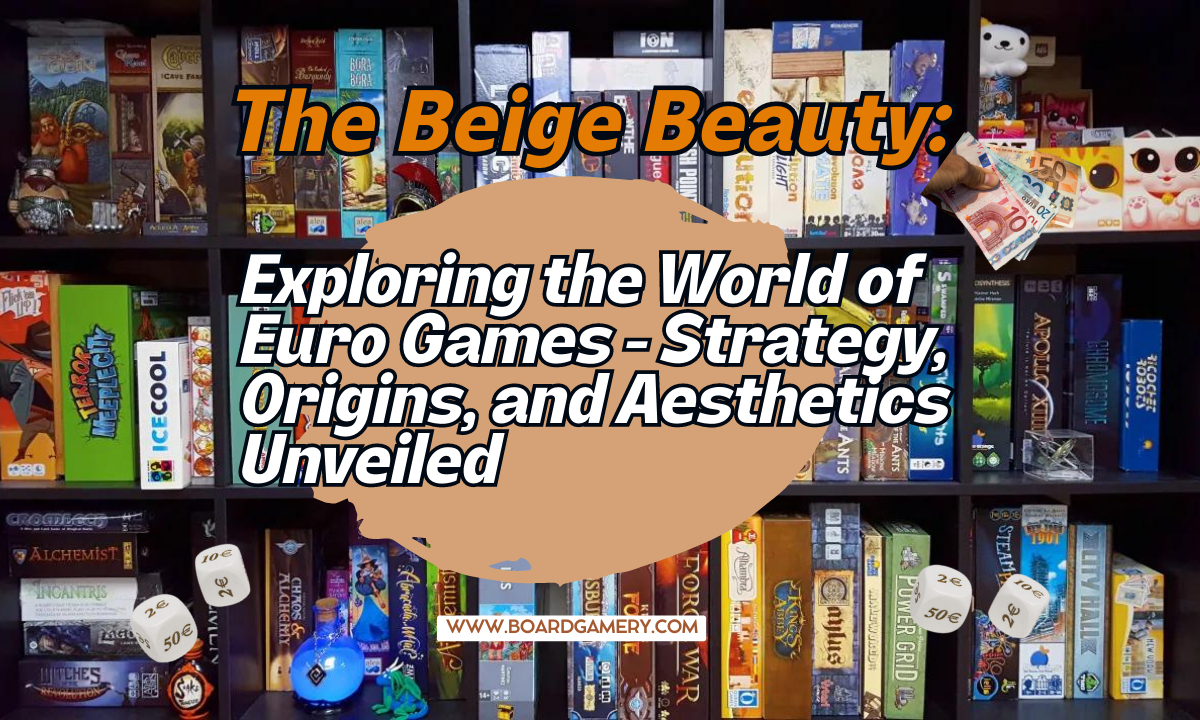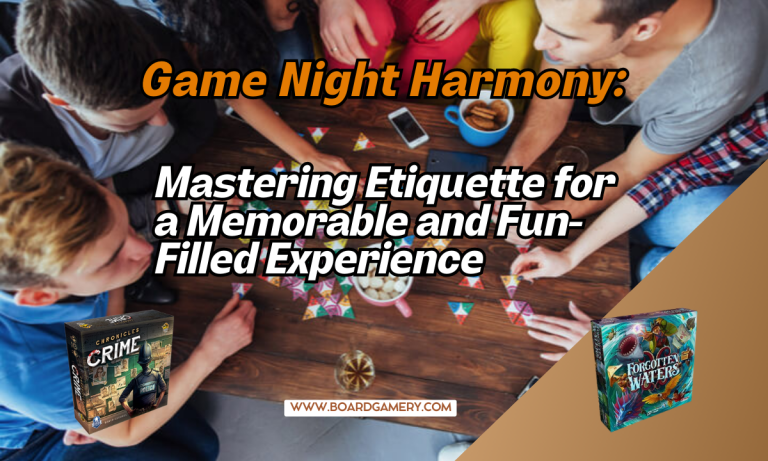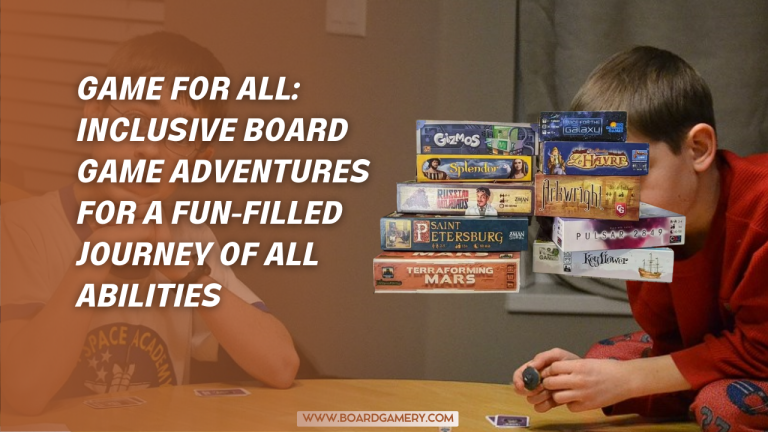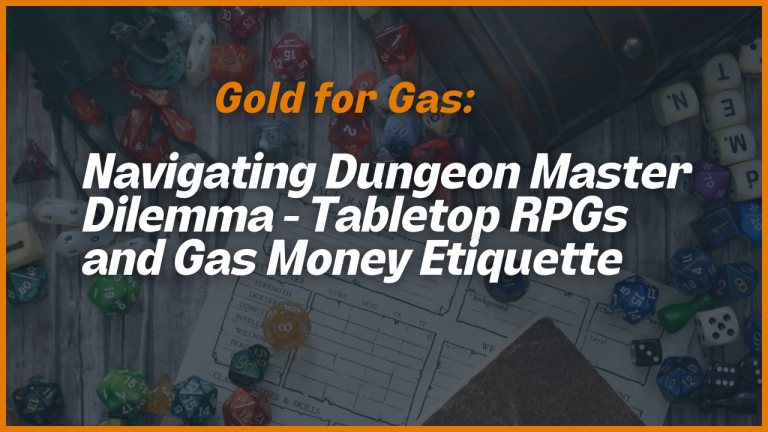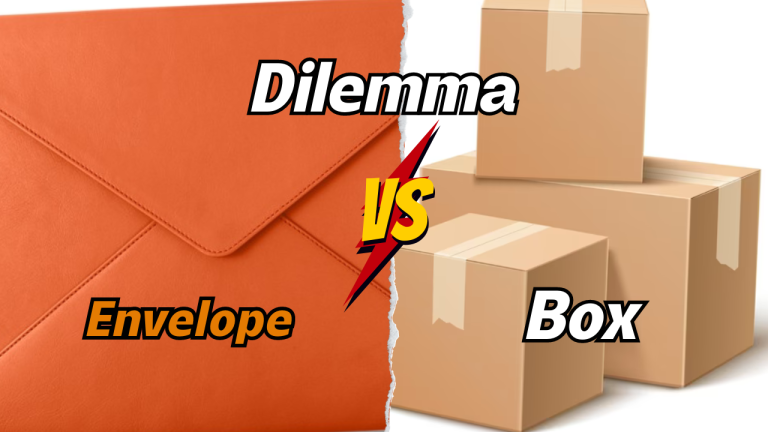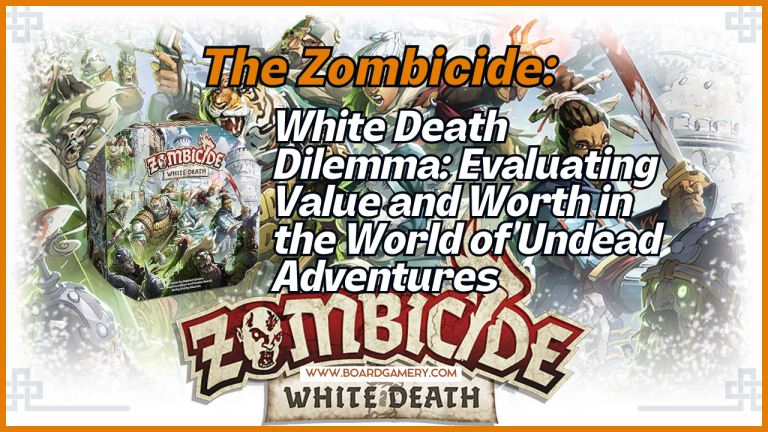Exploring the Beige World of Euro Games: Strategy, Origins, and Aesthetics
The Mysteries of the Fabled Euro Game: A Casual Guide to the Beige Beyond
Ah, the elusive Euro game. The term is thrown around like confetti at a board game wedding, but what does it actually mean? In our quest for the answers, we’ll dive deep into the complexities and nuances of this mysterious concept, exploring its origins, key elements, and that inexplicably beige aesthetic.
So grab your meeple and prepare to journey through a land of wooden cubes, worker placements, and very, very long rulebooks as we attempt to dissect the ever-confusing Euro game.
The Origins: War and Peace (and a Love for Bland Colors)
Legend has it that Euro games, also known as Euro-style or German-style games, were born in a world recovering from the horrors of war. With Europe, and Germany in particular, keen to distance itself from conflict and focus on cooperation, designers responded by crafting games that prioritized strategy and careful planning over direct confrontation and chance.
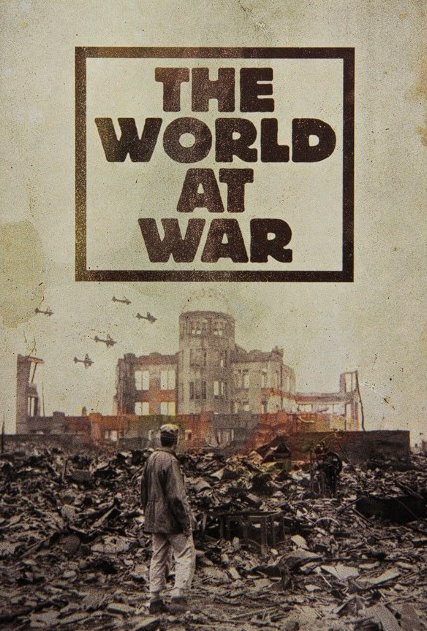
Fast forward several decades, and Euro games have evolved into something of a genre all their own, characterized by various elements that have become synonymous with these oh-so-European creations. Let’s break down the key aspects, one cube at a time.
The Building Blocks: Worker Placement, Resource Management, and a Dash of Luck
A true Euro game aficionado will tell you that, while there’s no definitive formula for creating a Euro game, there are certain elements that make it stand apart from its counterparts. Perhaps the most iconic of these is worker placement, where players assign tokens or “workers” to specific spots on the board to take actions, collect resources, or perform various other tasks.
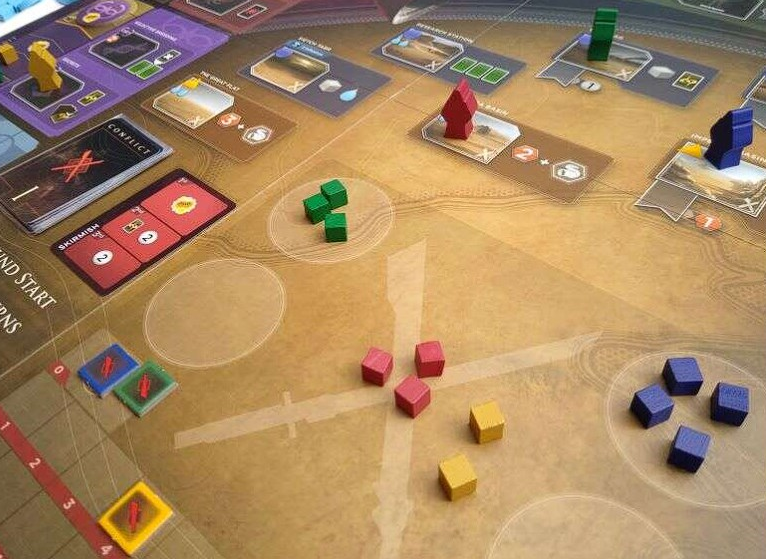
Resource management is the bread and butter of a solid Euro game, with players tasked with gathering, trading, and juggling limited supplies to build and expand their empires. This process often involves agonizing decisions and trade-offs, as players balance short-term gains against long-term goals.
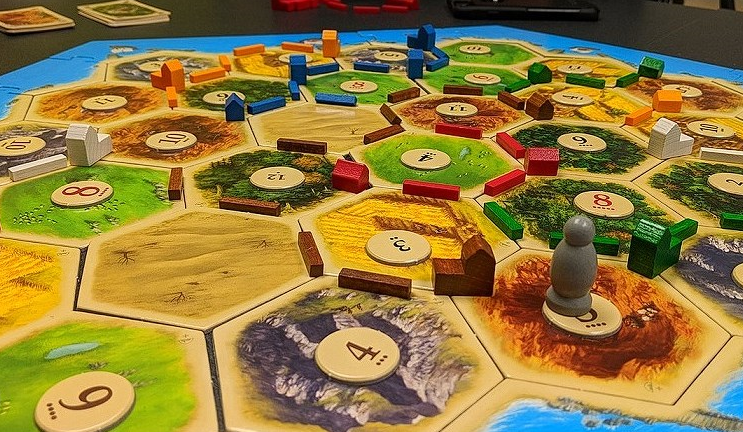
And what about luck? While some Euro game purists argue that these games should have little to no randomness, it’s common for these games to strike a delicate balance. The role of luck is carefully managed so that strategy remains supreme and any dice-rolling catastrophes are kept to a minimum.
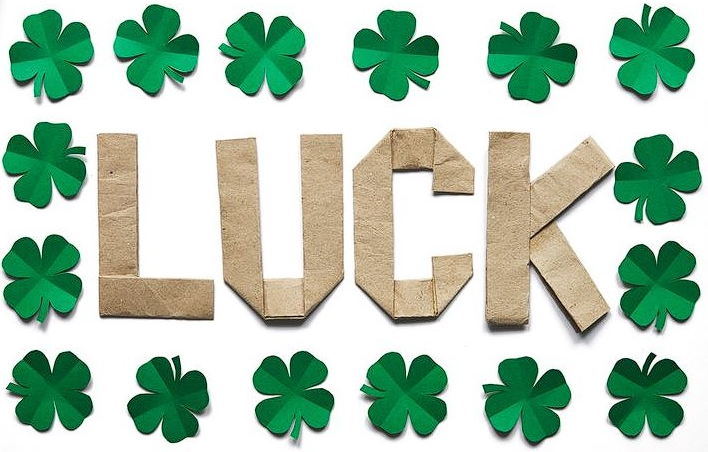
A Land of Beige: The Curious Case of the Euro Aesthetic
It’s true: many Euro games seem to have a curious affinity for bland color palettes and somewhat uninspiring themes. Sure, you might not be role-playing as a demon-slaying hero or a futuristic space captain, but who’s to say that sifting through beige cardboard tokens and managing medieval farms doesn’t hold its own charm?
Despite their sometimes lackluster appearances, the mechanics of Euro games are what truly shine. Complex systems and mechanics weave together like a finely-tuned engine, and the satisfaction of skillfully maneuvering through these intricate designs keeps players coming back for more.
No Player Left Behind: The Euro Game Ethos
One of the most endearing aspects of the Euro genre is its commitment to ensuring a fun and engaging experience for all players. Nonexistent player elimination means everyone is in it for the long haul, and low levels of direct player conflict help to reduce any potential bitterness or grudges.
Instead, Euro games focus on indirect interaction, with players adapting their strategies in response to their opponents’ moves and jostling for limited positions or resources. This creates a thought-provoking and challenging gameplay experience that relies on skill and cunning, rather than brute force or blind luck.
Of course, no two Euro games are the same, and each brings its unique flavor and charm to the table. From trading in the Mediterranean to building bustling metropolises, one thing’s for sure: there’s a Euro game out there for everyone.
A World of Wooden Cubes and Endless Possibilities
As we draw our exploration to a close, it’s clear that the term “Euro game” is as complex and multi-faceted as the games it represents. While we’ve managed to pin down some key elements, there are undoubtedly countless other factors that contribute to the distinct identity of these European classics.
So next time you find yourself placing workers, managing resources, and marveling at the beige beauty of your favorite Euro game, take a moment to appreciate the rich tapestry of features that bring these games to life. And as you emerge victorious, expertly balancing points and resources under the glow of Europe’s finest cardboard landscapes, remember that there’s always more to explore in the wondrous, beige-tinted world of Euro games.
More About Euro Games:
| What are Euro games? | They are a genre of tabletop games that has its roots in Europe. |
| Which Euro game is considered a classic? | Settlers of Catan is considered a classic Euro game. |
| Are Euro games for solo play? | Yes, many Euro games come with solo variants or are specifically designed to be played alone. |
| How long does an average Euro game ends? | They usually take around 1 to 2 hours. |
